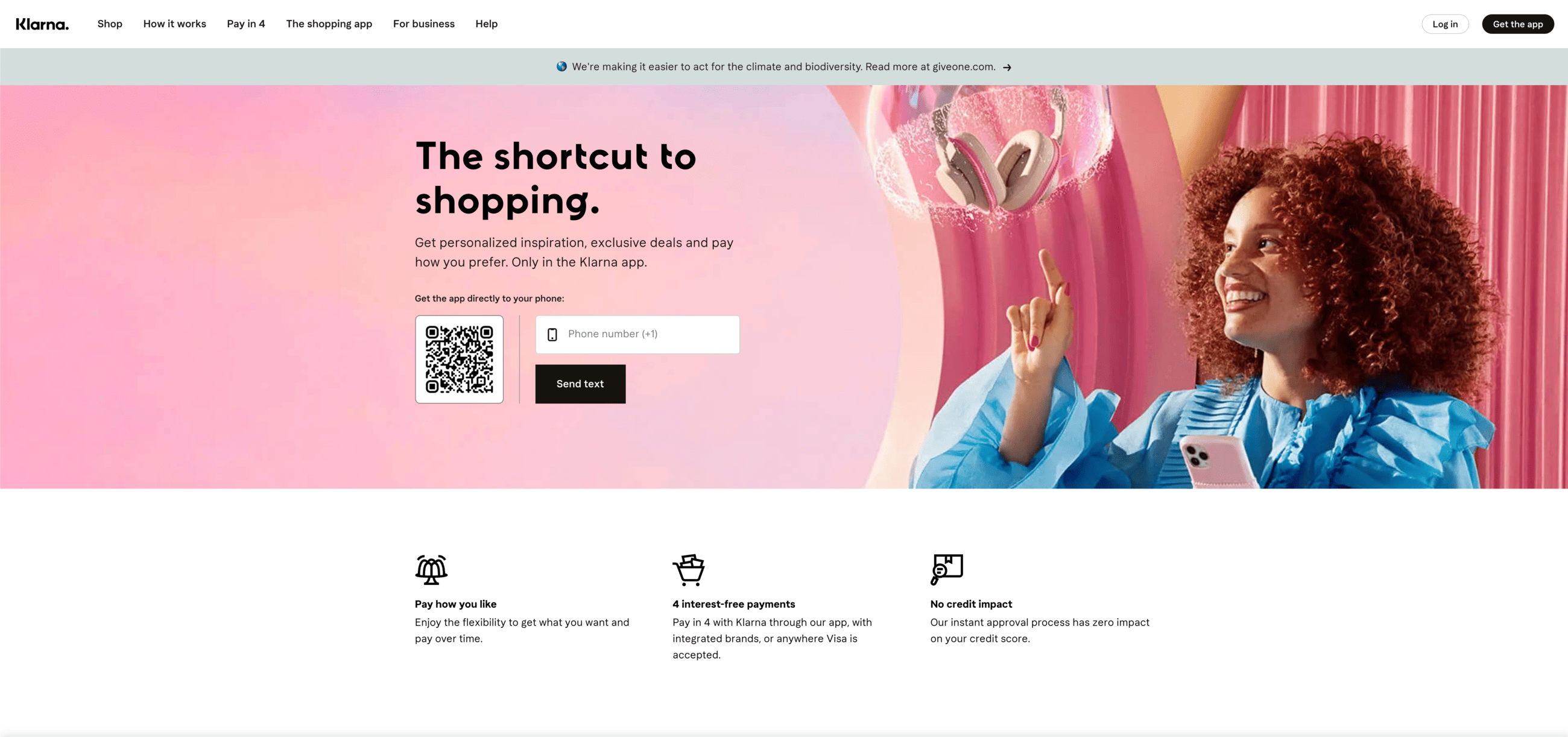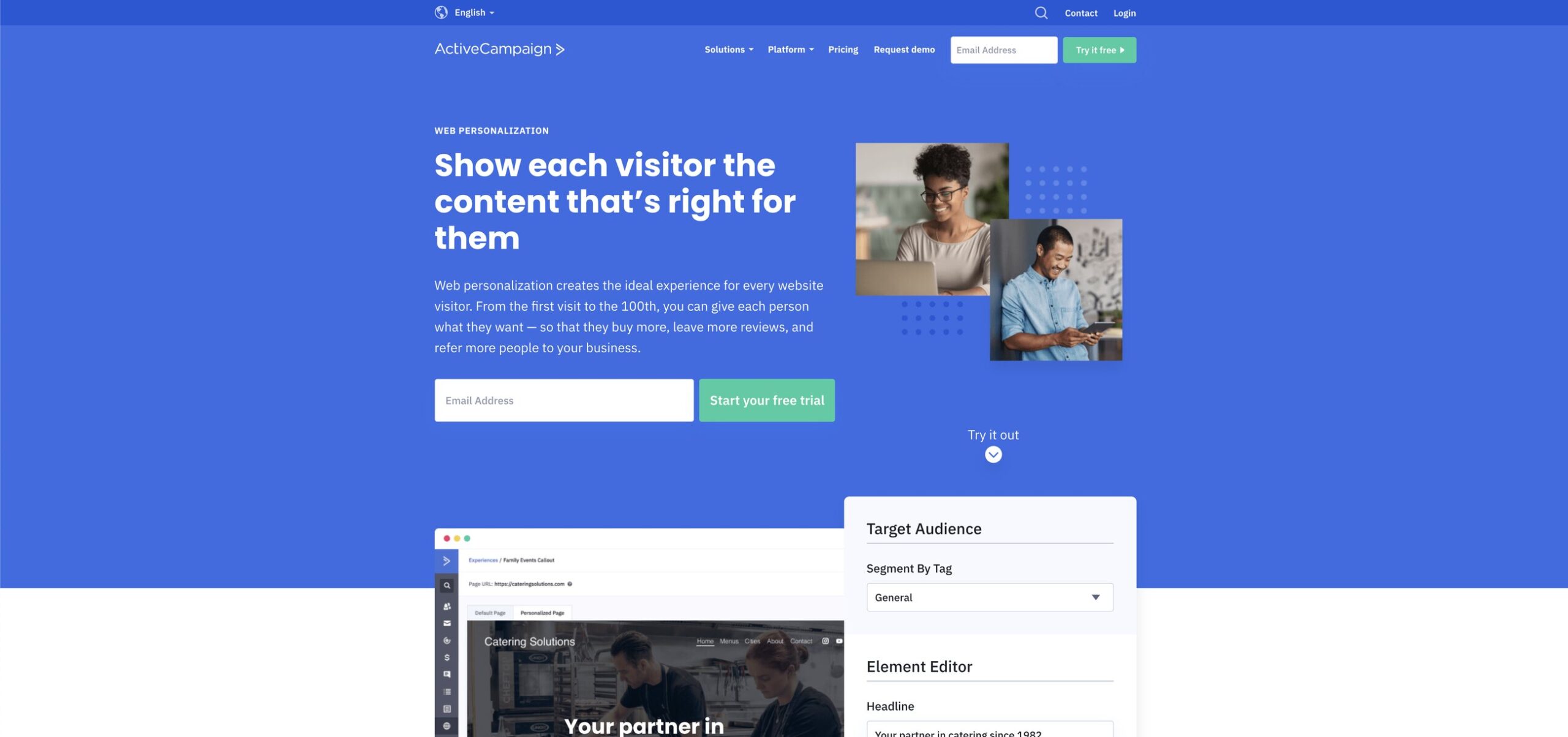Blog > 6 eCommerce Trends for Small Businesses to Grow in 2023
6 eCommerce Trends for Small Businesses to Grow in 2023
Introduction
In light of the recent, explosive growth in eCommerce landscape, more and more small business owners have made the shift to selling online. For the merchants just starting out, one of the best ways to minimize costs, get more traction, and boost conversion rates is to see what’s already working for other businesses.
The top eCommerce trends in 2023 that small businesses should follow.
- Offer Free Shipping
- Leverage Social Media
- Ethical and Green Consumerism (Partnerships)
- Buy Now, Pay Later
- Visitor Personalization
- Augmented Reality Tools
Offer free shipping
It wouldn’t be an exaggeration to say that free shipping significantly affects online purchasing decisions. According to the 2023 State of Shipping Report by Shippo, 47% of customers will spend the minimum amount necessary in order to receive free shipping.
However, this preference for free shipping is a heavy burden for online merchants, especially smaller ones. As all merchants know, “free shipping” is never free. Most eCommerce transactions already have razor-thin margins. Giving customers free shipping can eliminate those profits entirely, and in some cases, merchants can even lose money on sales.

3 strategies small business owners can use to offer free shipping while still earning profit:
- Increase product prices to include all or part of the shipping costs
- Increase average order value (AOV) by introducing a minimum spend threshold or bundles to minimize losses
- Offer free shipping as a reward when customers sign up for a newsletter, join a loyalty club, or as a limited-time promotion
Leverage social media
In 2023, social media is expected to continue being a powerful marketing tool connecting small-scale businesses with potential customers. New online marketplace trends are being developed constantly as many social media apps are working to monetize their platforms.
When implemented effectively, social media can not only create brand awareness but also lift conversion rates for your business. You could also discover your audience and define your brand.
Social media serves as an excellent tool for merchants to create interactive, sharable campaigns that help new products go viral. Therefore, small business owners should encourage customers to share their ratings, reviews, and other feedback on social networks. Additionally, if you’re on a budget, you can offer an exclusive discount code to promote sales.
Ethical and green consumerism
More and more customers are paying attention to the environment and social responsibility. Sustainability is no longer a trend for only a select few large companies. If you don’t know how to follow this trend, get started by changing your packaging or choosing sustainably-sourced materials. You could also partner with a nonprofit or charity that focuses on the environment. Much like partnering with an influencer, your brands can benefit from working with each other, providing that you’re ethically aligned.

Buy now, pay later (BNPL)
Buy now, pay later (BNPL) has been adopted more widely than ever in the last few years. With more and more BNPL companies starting up and more online retailers adopting this payment method, we expect this trend to continue growing. It may even become a preferential way to pay for both large- and small-scale businesses.
BNPL allows consumers to spread the cost of items they might not be able to afford upfront over several weeks or months. We recommend that eCommerce businesses, especially small ones, utilize this method, as it helps increase cart value and results in larger online purchases. And the greatest part is that the retailer gets the full amount upfront and the payment option is responsible for taking the split payments, usually at 0% interest.
Klarna is a great tool to encourage customer to use to utilize BNPL.

Visitor personalization
For many years, online merchants have reaped the benefits of adding personalized content to their email marketing campaigns. Research continues to indicate that emails with the recipient’s first name in the subject line have a slightly higher open rate, and there is also a higher click-through rate when emails include the recipient’s name in the body.
Personalization got its start in email marketing, but as customers got more and more accustomed to personalized subject lines and messages delivered to their inboxes, they started to expect the same level of personalization across every marketing touchpoint. Technology has now reached the point where businesses can easily automate personalization without much work.
To implement a personalization plan, collect data through your eCommerce platform and follow these steps:
- First, know what time of day customers browse your website and what path they take to arrive at your online store (e.g., from Google, from an in-house email, or from a social media link).
- Second, know what items they put in their shopping carts and abandon without purchasing, as well as what products and categories they spend time looking at.
- Finally, combine that information with what you know about customers’ order histories and how they’ve interacted with your email and marketing campaigns. With time, you’ll learn more about your customers’ patterns and exactly how to position your offers to reach them.
But how do you collect and access this type of data about your customers and their online shopping habits? The simplest way to start is to visit the dashboard on your eCommerce platform and familiarize yourself with the analytics section there. Even for small businesses, adding a plugin like enhanced Google Analytics is a worthy investment. For larger business, using a tool such as ActiveCampaign can enhance your web personalization.

Even if you’re not ready to go all-in on applying personalization techniques to your online store, consider listing recommended products on your website, whether those recommendations are based on your customers’ past purchases, browsing history, or the items currently in their shopping cart.
Augmented reality tools
The future of e-commerce is almost here. Augmented Reality (AR) is a virtual imaging software that allows you to overlay pictures and videos of reality with a digital image. Shoppers can now use the technology to shop virtually from home. Adding AR to your website allows customers to “place” your products in their own houses, walk around to view them from all sides, or even “try on” cosmetics and accessories.
According to Invesp, more than 61% of shoppers prefer to buy from sites offering AR technology. The research also indicates that 22% of buyers said they’d shop at brick-and-mortar stores less if AR were available on more eCommerce sites. 77% said they like using the technology to try different product variations, like color and style.
The good news is that adopting AR technology doesn’t require significant effort. Shopify users can use the new Shopify AR, which uses Apple’s AR Quick Look to enable AR experiences for Safari users. Sellers on other platforms can look into AR tools like Augment or Marxent 3D Commerce to simplify AR implementation. Getting started is extremely easy. All the merchant has to do is import multiple product images. Virtual reality can also help create 3D product demonstrations helping to engage consumers in new cutting-edge ways.
Ecommerce in 2023
In 2022 the significance of the eCommerce industry did not slow down. With these 6 2023 eCommerce trends already shown to help increase revenue, this year is on track to have another year of extensive growth for e-commerce businesses.
How will your business take advantage of these eCommerce trends?
 Get a free cost-comparison of your current payment processing costs vs. EBizCharge
Get a free cost-comparison of your current payment processing costs vs. EBizCharge 